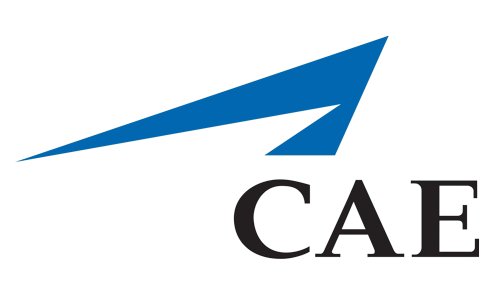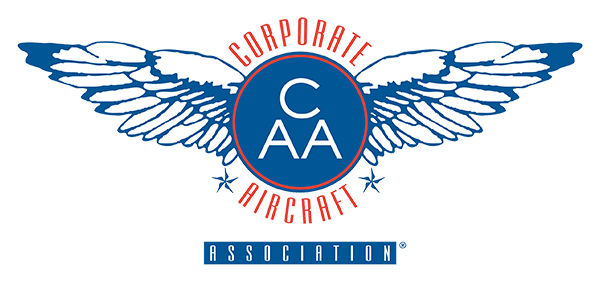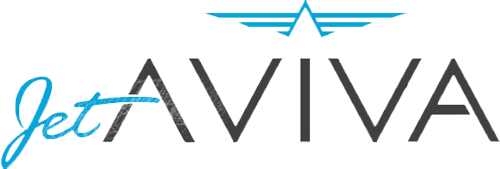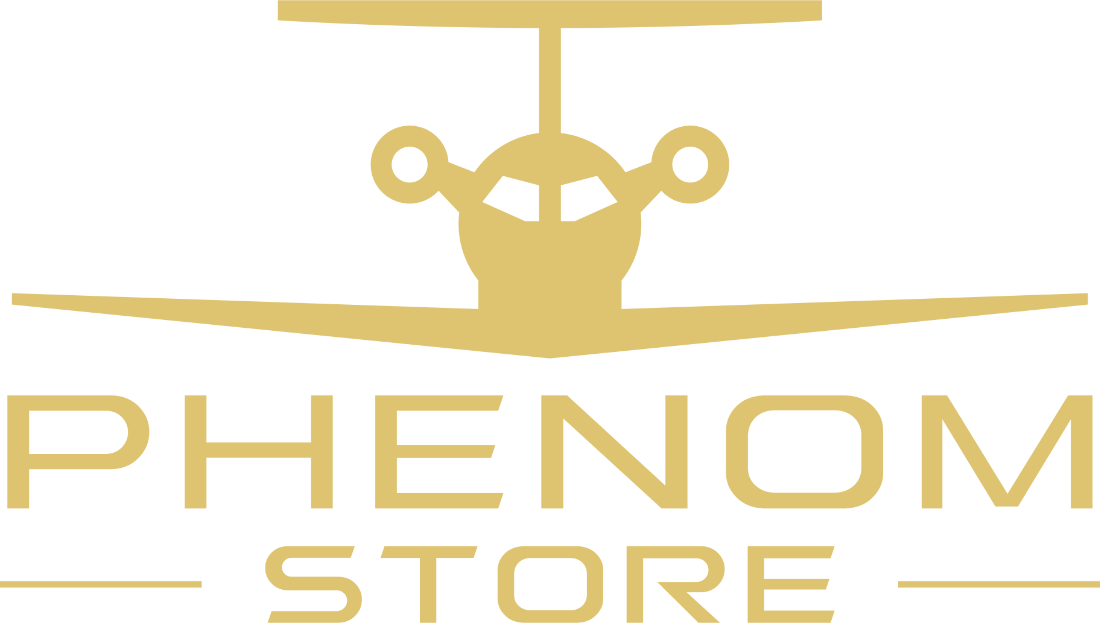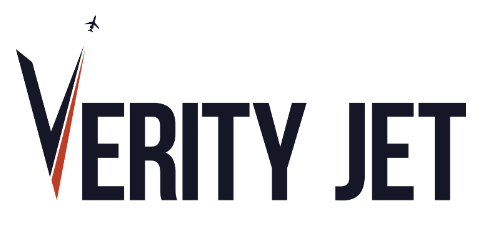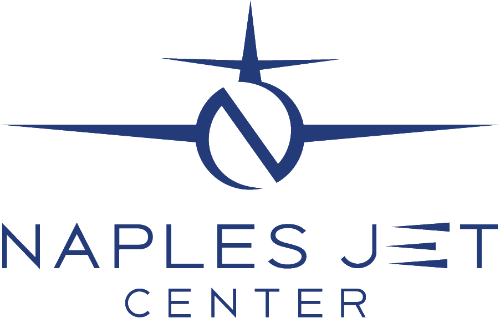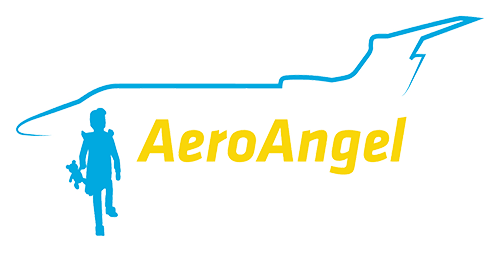EEC Overview
Embraer Executive Care (EEC) is the factory airframe parts and maintenance program for the Phenom aircraft. There are three tiers - Enhanced, Standard, and Prime Parts. EEC Enhanced covers parts + labor + AOG events, EEC Standard covers parts, and Prime Parts covers the top 100 "cost driver" parts.
EEC contracts have 5-year terms and an early termination fee applies, although the agreement is assignable to a subsequent buyer. There is no concept of "balance" as on Cessna's programs and no minimum annual flight hours.
EEC makes your maintenance costs more predictable. It is not necessarily a means to reduce your costs, although participation yields a larger repairable parts pool. However, one size does not fit all. For someone who doesn't have the time, a turn-key maintenance support program like EEC Enhanced works best. For others who prefer a more “hands-on” approach and have the ability to use any mechanic, the parts only EEC Standard may be a better choice. For those who want something like an extended warranty, Prime Parts is a good option.
EEC Enhanced
EEC Enhanced is the flagship package and covers labor by Embraer Owned & Authorized Service Centers and parts.
Labor- Scheduled Maintenance (labor) - such as access, removal, installation, & inspection.
- Unscheduled Maintenance (labor) - such as access, troubleshooting, removal & installation.
- AOG Mobile Recovery Service (for proper AOG events, like a blown tire but not tire replacement due to wear)
Parts- Serviceable components (repairable parts) for scheduled and unscheduled maintenance such as electronic, plumbing and mechanical aircraft systems, wheels/tires, batteries, brakes, and cockpit windshields
- Expendables (non-repairable parts) for scheduled and unscheduled maintenance such as light bulbs, transducers, and sensors
- Bulk Consumables - which is defined as plastic gloves, rags, other shop supplies, and disposal, charged as a % of labor.
- Next Day Air Shipping
EEC Standard
For owners that want the flexibility to negotiate labor rates, or have the option to use non-authorized service centers, EEC Standard provides a predictable costs for most parts.
Parts- Serviceable components (repairable parts) for scheduled and unscheduled maintenance such as electronic, plumbing and mechanical aircraft systems, wheels/tires, batteries, brakes, and cockpit windshields
- Expendables (non-repairable parts) for scheduled and unscheduled maintenance such as light bulbs, transducers, and sensors
- Next Day Air Shipping
EEC Prime Parts
Prime Parts covers the 100 most expensive parts on the aircraft, covering Avionics, Autopilot Servos, Outflow Valves, Starter Generators, Actuators, Hydraulic Pumps, Cockpit Windshields etc. Wheels and Tires coverage is not included but can be added separately.
Parts- Serviceable components (repairable parts) limited to a list of the Top 100 Cost drivers;
- Next Day Air Shipping
EEC Add-On Plans
- EEC Engine Add-on: Scheduled Engine Maintenance (labor & parts) covers the expenses of the engine "annuals" that are not covered by ESP. Includes one Compressor Wash event annually. Excludes off-wing maintenance, HSI, O/H, items covered by Pratt & Whitney Canada ESP, FOD, Ingestion and other events.
- EEC Landing Gear Overhaul Add-on: Scheduled Landing Gear Overhaul (labor & parts) covers the cost of the engine overhaul when performed by an Authorized Landing Gear Overhaul Shop and the two-way shipping of the gear from Service Center and Gear Shop. Excludes shop findings, repairs, and any other charges.
EEC Exclusions
As with any agreement, EEC has a long list of exclusions. Here are some of the notable exclusions:
- Aircraft engine(s) - for that you need a separate engine program such as PWC ESP.
- Events covered by an insurance policy.
- Fuselage or any structural items, such as doors, cabin windows (note cockpit windows are included), wings, empennage, nacelles, cowlings, fairings, airfoils, flight control surfaces (these would typically be an insurance claim).
- Aircraft interior item subject to normal wear and tear (plating leathers, mirrors, upholsteries, cushions, carpets, panels, fabrics, woods, placards)
- Equipment added following Aircraft enrollment (not applicable to an Embraer SB);
- Landing gear overhaul
- Mobile Recovery Service or labor costs for non-AOG events, (such as. worn tires)
- Routine servicing of lubricants, oil, fluids, oxygen, nitrogen or fire extinguishing agents (unless directly related to Scheduled Maintenance)
- Exterior paint and touchups
EEC Pricing
EEC is billed on a monthly basis, calculated using a Monthly Rate (covering calendar-driven maintenance) + Flight Hour Rate (covering hours driven maintenance). If your cycles to flight hours drop below a certain ratio a surcharge applies.
EEC pricing is dependent on the age and hours on your aircraft at the time of enrollment; pricing can vary wildly between similar aircraft if not enrolled from the delivery. The EEC price remains fixed over the 5-year contract term (with a CPI-I adjustment) and accrues for all the expected maintenance costs over that period. New aircraft have the lowest EEC pricing as they are concurrently under warranty. The EEC price increases as the aircraft ages due to part prices tend to escalate and heavier inspections.
For a used Phenom aircraft already enrolled in EEC, the seller will assign their existing EEC agreement and pricing which will remain until the end of the term, when it will be requoted based on the next five years. When buying a used aircraft, always ask the seller for their current EEC rates and contract dates.
If the plane is not under EEC coverage or you wish to move from Standard to Enhanced, a buy-in fee will apply.
In recent years Embraer has computerized the calculation of pricing. It balances a term starting in any month and expiring in any month and takes into account factors too complicated for manual calculations.
Typically most parts cost calculations are based on a Mean Time Before Removal (MTBR) divided by its cost. If a non-repairable part is priced at $5,000 and has a life expectancy of 8,000 hours, it will cost you $0.63 per Flight Hour (FH). After a history of some premature failures and longer than original life expectancy, a mature part will have a calculated MTBR divided by its cost resulting in a mature cost per hour. A repairable part complicates this formula further because it has an acquisition cost, multiple overhauls and repair costs over the course of its life that affect its MTBR and value. The same calculation is done for calendar-driven parts, as well as labor inspection. Multiply this formula over nearly all parts on an aircraft and you have the overall EEC FH Rate.
EEC Parts Ordering Process
Parts can be ordered directly by any Embraer Authorized Service Center, by the owner/operator via eParts or Contact Center, or anyone appointed by the owner/operator. Authorized Service Center does not have to be used for Parts coverage, however labor under EEC Enhanced is only covered at Embraer Authorized Service Centers.
EEC Enrollment Process
Contact Embraer Executive Jet Services at (321) 751-5928 to get enrolled.
History of Maintenance Support Programs
Parts Programs is primarily an exchange pool of repaired parts dedicated to its members. The more members sharing this inventory, the lower the cost of aircraft ownership. Management of such exchange pools naturally fell to the airframers who originally carried the new parts. They would sell a new part, buy back a core, have it repaired and enter it into the exchange pool. To finance the exchange pool the airframer would create a payment plan for its members. Today, maintenance support programs have become nearly all inclusive by covering expendable (non-repairable) parts and optionally labor costs of scheduled and unscheduled maintenance, shipping of parts, mobile recovery team call-out charges and other options.
What's in it for the manufacturers? It is a means to win more sales of aircraft parts (both new and used parts). If the maintenance support agreement “option” box is checked to include labor coverage, all labor must be performed through its owned and partners' MROs. This enables the manufactures to control a majority of the parts in circulation and have more influence in product improvement affecting aircraft resale value and ultimately the value of new aircraft they produce.
What can be done to reduce the cost of maintenance support program rates? The profit is in the parts, not the program. Some support programs are very transparent by showing you accrual vs costs in real time. They carry performance efficiency bonuses if you make efforts to keep your maintenance costs low, but will charge you upon expiration if the final balance is negative. Others are called guaranteed cost maintenance support programs, which do not offer the same level of transparency, don't offer performance efficiency bonuses, but don't charge upon expiration if the final balance is negative.





